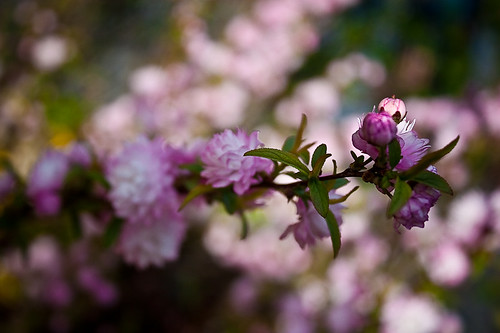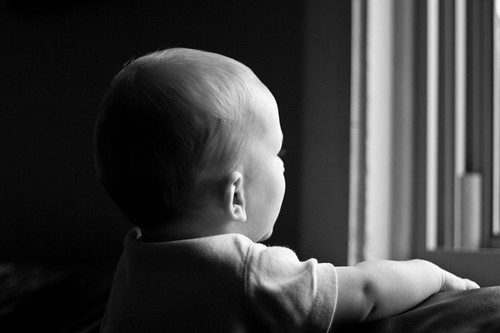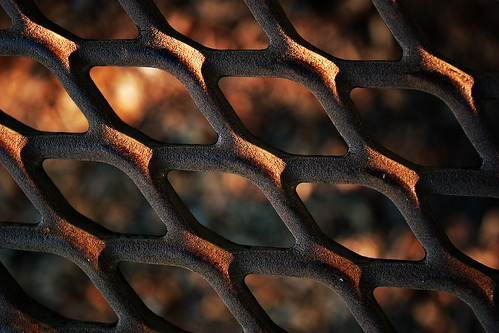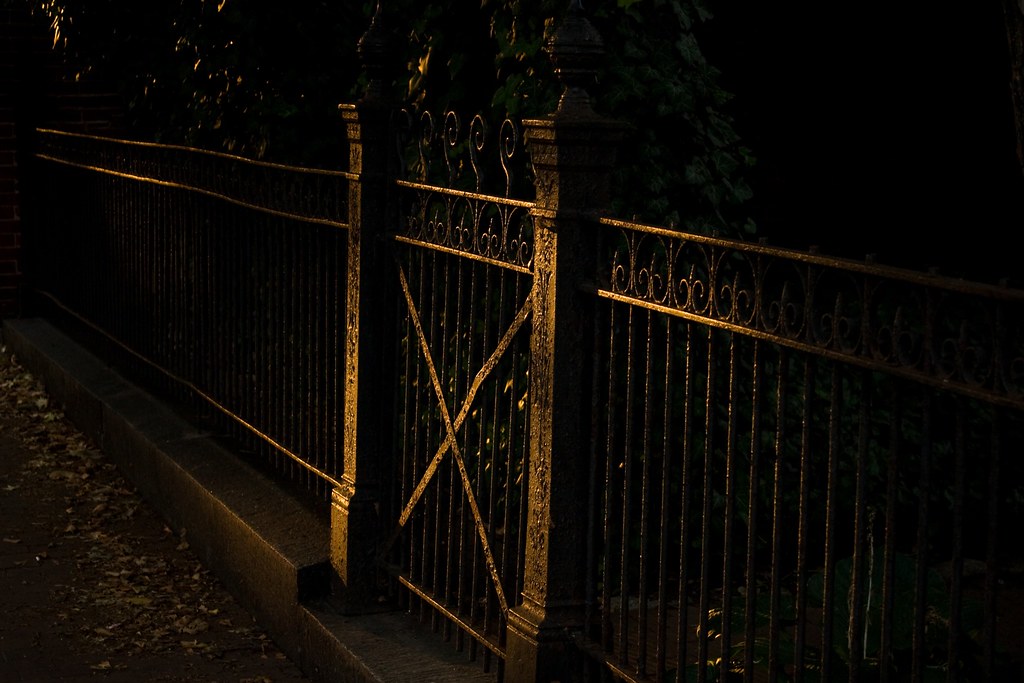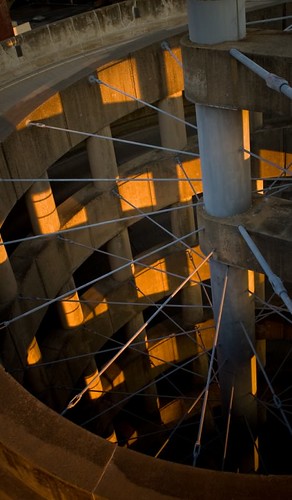
Have you ever taken photos indoors only to look at the photos and find that they all came out orange or sickly-yellow? Or how about a bluish-green? If so, then you've been stricken by the dreaded effect of an incorrect white balance setting.
Just what is white balance? Well, in simplest terms, its how your camera interprets what white is under whatever light condition you have. Many of us do not notice the effects of white balance with our eyes, because our brains are able to decipher what color white is in subtle lighting conditions. Our cameras on the other hand, don't always do this so well. So how do we fix this? Well, fortunately, we have sophisticated cameras with the ability to interpret white if you give it a clue. To do this, you need to find the white balance setting in your camera. sometimes it may be a button and sometimes it may be in your menu of your camera. Usually it is found with initials like "WB" or something similar.
Once you find this setting, you can be given many options. Here are a few of them for you to understand how they affect your photo:
Auto White Balance:
This is what most cameras are set to. For the most part, the camera does a good job. But usually it will struggle under incandescent or fluorescent lighting. This is usually when you need to change it to something more specific.
Incandescent:
This usually has a light-bulb symbol to represent it. It generally will add a blue tint to your photos to help balance the yellowish tint given off by most incandescent lighting, thus getting rid of the yellow color in photos.
Fluorescent:
This will off-set the bluish color of these lights to balance the whites.
Shade or Cloudy:
Symbol that looks like a small house with a triangle next to it or clouds. This will warm up a scene by adding a bit of orange or yellow to it to balance the white. This setting has an extra bonus if you want to add warmth to a photo on an overcast day.
Flash
Attempts to balance out the harsh blue color of your on-camera flash.
My best advice if this seems confusing is to find this setting on your camera (every digital camera has this option somewhere) and switch it to the different choices and observe the differences. Sometimes a little experimenting goes a long way. Even better, once you better understand how white balance works, you can use it to help you make more creative photos as well.

